
Verizon Voice Link
The Communications Workers of America today claimed Verizon is refusing to repair broken landlines and is once again trying to steer customers to a controversial wireless landline replacement Verizon calls Voice Link.
“Verizon is systematically abandoning the legacy network and as a consequence the quality of service for millions of phone customers has plummeted,” Bob Master, CWA’s political director for the union’s northeastern region, told the Wall Street Journal.
The CWA will file public information requests this week with state regulators in New York, New Jersey and Pennsylvania seeking more detailed information about how Verizon is utilizing Voice Link.
Stop the Cap! has received several messages from Verizon customers over the last six months, most in New York City, that were offered Voice Link as a temporary solution to ongoing landline service problems including no dial tone, intermittently failing lines, and those with crosstalk or static problems.
“It is crazy how long Verizon can take to fix a phone line in Manhattan,” wrote our reader Helen. “The problems started in February and we lost service for what turned out to be almost a month. We had four broken repair appointments and every date they promised it would be fixed it wasn’t. Can you imagine a whole month without a phone line?”
Helen tells us that Verizon started leaving messages on her voicemail apologizing for the problems, but offered Voice Link, a wireless landline replacement in the interim.
“At least it was something I told my husband, but he didn’t like the idea because Verizon would probably forget about us after putting it in,” she said. “I won the argument but we lost in the end because Voice Link never worked properly.”
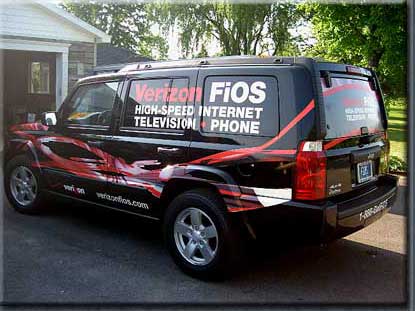
Helen complained Voice Link made phone calls difficult to understand and often her phone didn’t ring when calls came in.
“Everyone sounded like they were underwater and it was hard to understand people,” she said. “Callers would tell me they heard five rings when calling me, but I only heard one, if that.”
“We switched to Time Warner Cable phone service and it was installed fast,” she said. “But then the fax machine wouldn’t work right so we still need Verizon after all.”
Helen’s apartment building is not yet wired for FiOS because of problems the building management allegedly had with Verizon technicians in the past. She is willing to sign up, but thinks Verizon is not doing itself any favors treating customers badly when their old landlines fail.
“It makes you think how long it will take them to show up if a rat chews through a fiber cable next year.”
The fact Verizon offers Voice Link to customers while phone repairs go uncompleted for extended periods worries the CWA, who accused Verizon of “steering” customers to the wireless replacement.
Verizon spokesman Rich Young says about 13,000 customers have decided to keep Voice Link as a permanent solution to their landline woes and have never gone back to their old copper service.
[flv]http://www.phillipdampier.com/video/Verizon Voice Link A Reliable Alternative.mp4[/flv]
Verizon calls its Voice Link wireless landline replacement a reliable alternative in this promotional video produced in 2013. (2:24)
Thomas MacNabb, Verizon’s director of operations, also defends Voice Link, claiming it represents Verizon giving customers the best possible service when weather-related outages arise.
But retired AT&T executive W. Kenneth Lindhorst counters Voice Link is no upgrade, relying on old 1990s technology, and does not work with credit card machines, faxes, security and home medical monitoring, or wireless data.
“They come in with the implication that they are upgrading services in the neighborhood. They do not tell you that they are switching from a regulated basic to an unregulated service,” Lindhorst said. “They don’t like to be regulated by government. They don’t like their customers to be protected by government.”
Lindhorst is part of Don’t Hang Up On New Jersey, a group fighting Verizon’s efforts to replace Superstorm Sandy-damaged telephone lines with Voice Link. Two bills in the New Jersey legislature: A2459/S278 are seeking a one year moratorium on Verizon replacing damaged copper wiring with any alternative technology, including wireless, until further studies can be done.
[flv]http://www.phillipdampier.com/video/Verizon Voice Link Hanging Up On NJ.mp4[/flv]
Verizon Voice Link is “hanging up on New Jersey” according to a consumer advocacy group. An interview with retired AT&T executive W. Kenneth Lindhorst suggests Verizon wants to use the service to escape regulatory oversight. (2:00)


 Subscribe
Subscribe The new CEO of Frontier Communications is promising more fiber to the home service and advanced ADSL2+ and VDSL2 service to dramatically boost Internet speeds… if you happen to live in a Verizon territory Frontier is planning to acquire in Texas, California, or Florida. For Connecticut customers that used to belong to AT&T, Frontier also plans to spend money to further build out AT&T’s U-verse platform to reach more suburban customers not deemed profitable enough to service by AT&T.
The new CEO of Frontier Communications is promising more fiber to the home service and advanced ADSL2+ and VDSL2 service to dramatically boost Internet speeds… if you happen to live in a Verizon territory Frontier is planning to acquire in Texas, California, or Florida. For Connecticut customers that used to belong to AT&T, Frontier also plans to spend money to further build out AT&T’s U-verse platform to reach more suburban customers not deemed profitable enough to service by AT&T.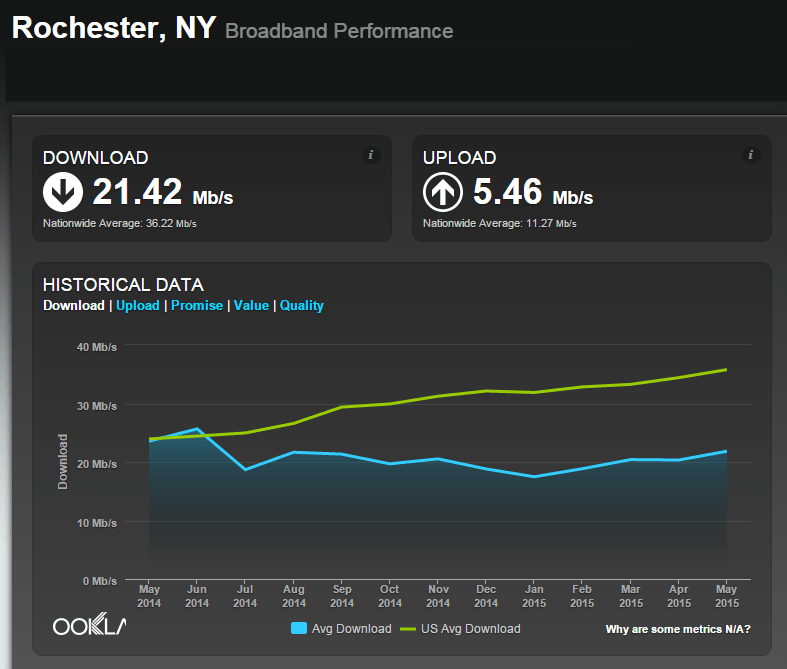
 “We actually see growth opportunity in Connecticut,” McCarthy said. “As we go through and look at the Connecticut property, one of the things that have been a recent development from a technology perspective allows us to serve lower density parts of the state of Connecticut with U-verse product that was limited by densities and loop lengths in the past.”
“We actually see growth opportunity in Connecticut,” McCarthy said. “As we go through and look at the Connecticut property, one of the things that have been a recent development from a technology perspective allows us to serve lower density parts of the state of Connecticut with U-verse product that was limited by densities and loop lengths in the past.”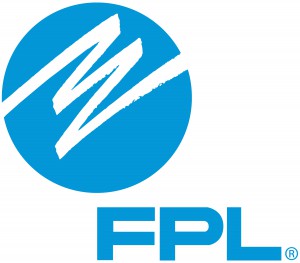 A Florida utility company has told federal regulators it is certain Verizon has a plan to exit its landline and wired broadband businesses within the next ten years to become an all-wireless service provider.
A Florida utility company has told federal regulators it is certain Verizon has a plan to exit its landline and wired broadband businesses within the next ten years to become an all-wireless service provider.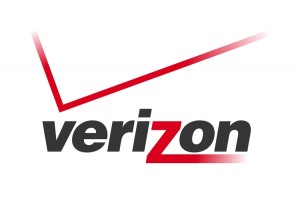 “Verizon has not increased its efforts to deploy wireline broadband in the last three years; and there is no evidence that Verizon has used the capital saved on joint use rates for the expansion of wireline broadband,” FP&L officials write. “Indeed, all of the evidence shows that Verizon is abandoning its efforts to build out wireline broadband.”
“Verizon has not increased its efforts to deploy wireline broadband in the last three years; and there is no evidence that Verizon has used the capital saved on joint use rates for the expansion of wireline broadband,” FP&L officials write. “Indeed, all of the evidence shows that Verizon is abandoning its efforts to build out wireline broadband.” If you are a long time Optimum customer, the CEO, management, and shareholders of Cablevision would like to thank you for driving average monthly cable revenue per customer 4.8% higher from a year ago to $155.34 a month.
If you are a long time Optimum customer, the CEO, management, and shareholders of Cablevision would like to thank you for driving average monthly cable revenue per customer 4.8% higher from a year ago to $155.34 a month. “The main drivers of our increased revenue per customer came from a combination of rate increases, but also lower proportion of subscribers on promotion,” said Brian G. Sweeney, chief financial officer. “We had a number of fixed rate increases January 1 of this year related to cable box fees, an increase in our sports and broadcast TV surcharge, as well as the pass-through of PEG fees to certain customers.”
“The main drivers of our increased revenue per customer came from a combination of rate increases, but also lower proportion of subscribers on promotion,” said Brian G. Sweeney, chief financial officer. “We had a number of fixed rate increases January 1 of this year related to cable box fees, an increase in our sports and broadcast TV surcharge, as well as the pass-through of PEG fees to certain customers.”
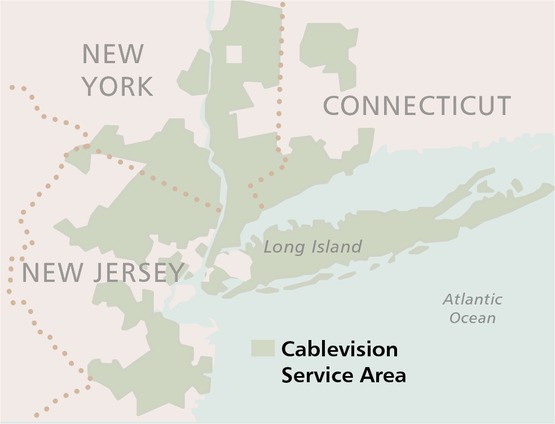 To further combat promotion-bouncing, Cablevision is embracing its broadband product line and marketing new cord-cutting packages to customers that offer reduced-size cable television packages and free over the air antennas for local stations. The cable company also recently announced it would offer cable customers Hulu subscriptions. Jim Dolan, Cablevision CEO, believes broadband is where the money is and customers are willing to pay higher prices to get Internet access even when video package pricing has its limits.
To further combat promotion-bouncing, Cablevision is embracing its broadband product line and marketing new cord-cutting packages to customers that offer reduced-size cable television packages and free over the air antennas for local stations. The cable company also recently announced it would offer cable customers Hulu subscriptions. Jim Dolan, Cablevision CEO, believes broadband is where the money is and customers are willing to pay higher prices to get Internet access even when video package pricing has its limits. ESPN today filed a lawsuit against Verizon Communications, claiming FiOS TV’s new slimmed-down television packages violate ESPN’s contract provisions that forbid placing the network in an optional add-on “sports tier.”
ESPN today filed a lawsuit against Verizon Communications, claiming FiOS TV’s new slimmed-down television packages violate ESPN’s contract provisions that forbid placing the network in an optional add-on “sports tier.”